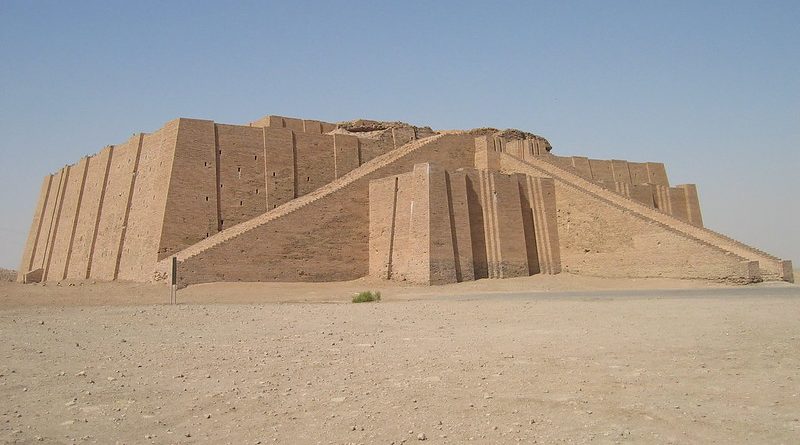Ancient Iraq: Great Historic Sites
During ancient times, lands that now constitute Iraq were known as Mesopotamia (“Land Between the Rivers”), a region whose extensive alluvial plains gave rise to some of the world’s earliest civilizations, including those of Sumer, Akkad, Babylon, and Assyria.
Here are six great ancient historic sites to visit in Iraq
1. Ur
Ur is known for its Biblical tales of epic floods and fearsome Babylonian kings, and is also known for one of the most beautiful ancient ruins in the region.
Located in the southern Iraqi deserts, Ur is the home of the mysterious Ziggurat, a tall structure with high walls and steep staircases that would have been used in the days of old to worship the Akkadian moon gods.
2. Karbala
Up to 30 million pilgrims come to Karbala every year.The area is sacred to Shiite Muslims because of the Imam Husayn Shrine which is the final resting place of the martyr Husayn ibn Ali who died in 680 AD during the Battle of Karbala.
It is also said to be the spot that the archangel Gabriel prescribed as one of the most sacred places on earth.
As such, every year this town sees thousands of devotees arrive for the Ashura Day of Atonement.
3. Hatra
Sitting in the dusty deserts of western Iraq are the towering columns and ornate temples of Hatra It was a strongly fortified caravan city and capital of the small Arab Kingdom of Hatra, located between the Roman and Parthian/Sasanian Empires. Hatra flourished in the 2nd century, and was destroyed and deserted in the 3rd century. Its impressive ruins were discovered in the 19th century.
Hatra flourished under the Parthians, during the 1st and 2nd centuries AD, as a religious and trading center.Later on, the city became the capital of possibly the first Arab Kingdom in the chain of Arab cities running from Hatra , via Palmyra, Baalbek and Petra,
Here you will get to glimpse wonders of the Parthian age at this UNESCO World Heritage Site.
4. Babylon
The name Babylon conjured up images of ancient empires, hanging gardens, and epic battles between Alexander the Great and Persian kings.
The town became part of a small independent city-state with the rise of the first Babylonian Empire in the 19th century BC . Southern Mesopotamia became known as Babylonia, and Babylon eclipsed Nippur as the region’s holy city. The empire waned and Babylon spent long periods under Assyrian, Kassite and Elamite domination. After the Assyrians had destroyed and then rebuilt it, Babylon became the capital of the short-lived Neo-Babylonian Empire from 609 to 539 BC.
In history, the Hanging Gardens of Babylon ranked as one of the Seven Wonders of the Ancient World.
After the fall of the Neo-Babylonian Empire, the city came under the rule of the Achaemenid, Seleucid, Parthian, Roman, Sassanid, and Muslim empires. The last known habitation of the town was in the 10th century.
It thought that ancient Babylon was once the largest city in the world and was perhaps the first city to reach a population above 200,000.
5. Ctesiphon
In the middle of the 4th century BC, Ctesiphon was a small Persian settlement on the banks of the limpid Tigris River.
In the 1st century AD however it became the Parthian capital . It became one of the biggest cities in the region by the 7th century. Its best known for its giant arch -the Arch of Ctesiphon
Also known as the Taq Kasra, this is a Sassanid dome that is one of the largest of its kind in the world
6.Dur-Kurigalzu
The ancient abandoned ruins of Dur-Kurigalzu date back 3,500 years .This part of Iraq used to be in the heart of southern Mesopotamia.
Close to the mighty Euphrates and Tigris rivers, the Kassite kings built the Ziggurat in the 14th century.Its striking stonework and mud-brick walls rise into high towers above the desert . They were used as a marker for camel caravans en route to Baghdad.




